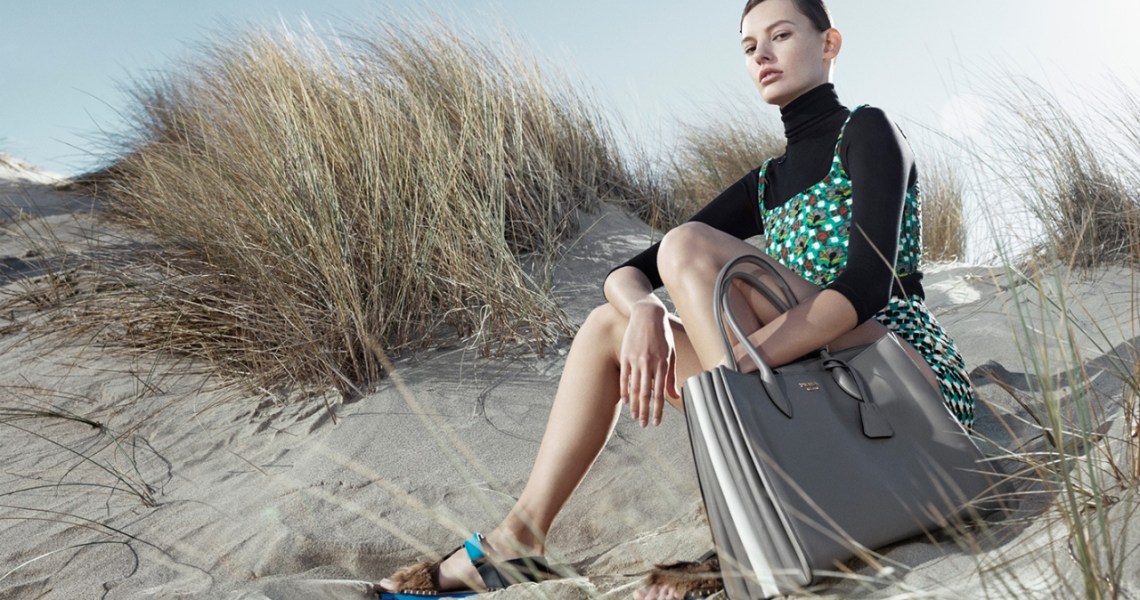Luxury brands have started to embrace TikTok, but the knockoffs are hitting the platform faster; it’s increasingly becoming a place where Gen-Z users are looking for luxury dupes to buy up for a fraction of the cost.
Gen-Z TikTok-ers are scouring Amazon to find dupes of products like Cartier’s “Love Ring” and coming across versions for just $12.99. Other popular knockoff products include Gucci belts and Lululemon leggings. Oftentimes users post their successful dupes with hashtags like #AmazonFinds, #Dupe (27 million views) or #DHGate, a Chinese e-commerce site (18.3 million views). Other brands popping up under these hashtags include Louis Vuitton, Balenciaga, Chanel and Michael Kors. Most of those brands don’t have their own presence on the platform, but they should, according to Joel Kaplan, executive creative director at creative agency Muhtayzik Hoffer.
“Social media has democratized everything. You don’t have to fly to Milan and go to a specific street and a specific store for access. More luxury brands realize if they can democratize access to their brands, they are winning more fans, whether fans are immediately purchasing product or standing for the brand. TikTok is one of the newest platforms where an entire generation is saying, ‘This is where we want to talk,'” said Kaplan.
Dealing with dupes and counterfeit products is nothing new for luxury brands, especially with the rise of e-commerce platforms and marketplaces like Amazon. In fact, as Amazon has looked to ramp up its luxury platform, companies like LVMH have said the company would not be partnering with the e-commerce giant, citing a concern that Amazon doesn’t do enough to stop counterfeits.
Now, as a new channel like TikTok presents itself to these brands, Ruth Bernstein, co-founder and CEO of advertising agency Yard NYC, said luxury companies need to be thinking of ways to engage with Gen Z and build awareness, as dupes flood TikTok channels.
“While knockoff products at cheaper prices are not ideal for luxury brands, they can still benefit from the products going viral. Because this TikTok trend is based on users wanting to share tips to build clout, the knockoff product trend proves that the [original] products are still highly aspirational. It’s a matter of them being able to reinforce the benefit of their products — of the real thing,” said Bernstein.
And yet, there are still just a handful of luxury brands using TikTok at this point.
Ad position: web_incontent_pos1
Around New York Fashion Week, Tory Burch, Missoni and Alice + Olivia launched TikTok accounts and enlisted influencers like Addison Rae (22.9 million TikTok followers) and Larsen Thompson (678,600 followers) to post videos at the shows and backstage. For Milan Fashion Week, Prada partnered with influencer Charli D’Amelio (35.4 million TikTok followers) to drum up some awareness for the brand on TikTok. D’Amelio flew to Milan on behalf of the brand, dressed in head-to-toe Prada, and attended the brand’s show. She posted content to her own TikTok followers, tagging the brand in her posts.
Other brands on the platform include Dolce & Gabbana, Burberry, Calvin Klein and Ralph Lauren.
Most aren’t using it as regularly as other platforms, like Instagram. Some, like Burberry, are testing TikTok’s hashtag challenges, while others, like Dolce & Gabbana, are turning to influencers who are already big on the platform. Dolce & Gabbana has posted videos with Lil Huddy (15.7 million followers), Loren Grey (40.4 million) and Lani Baker (4.8 million).
“Brands can’t just attack people and sweep away all the dupes. They need to focus on building their own brand and awareness, put out organic content, and partner with influencers to show how high quality and great the product is. Build brand affinity and awareness,” said Jess Bedussi, associate director of social strategy at Muhtayzik Hoffer.




